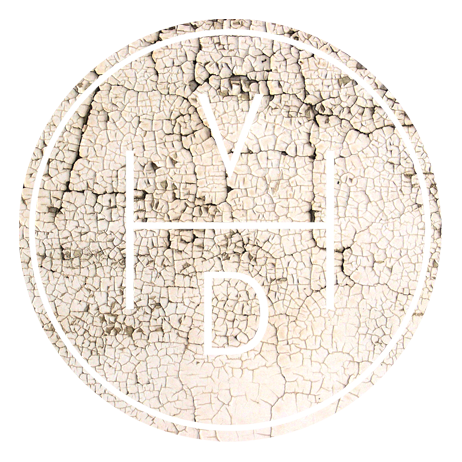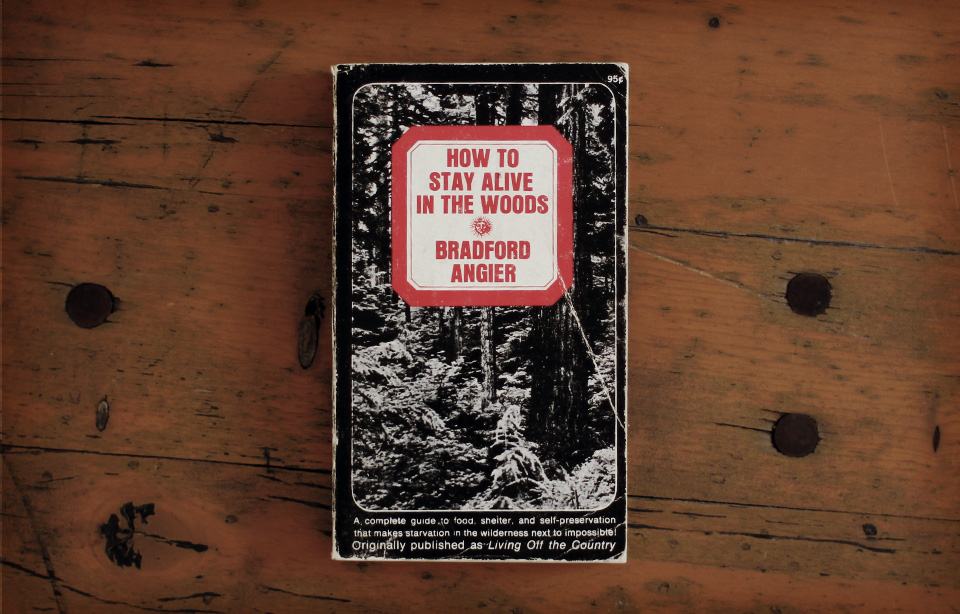Chris Yates talking about his lost diary
UPDATE: The book has been successfully funded so keep an eye out in the coming months!
I have spoken about Mr Yates in past posts - he is one of my favorite fishermen; he is beloved by nearly every British angler as an author, photographer and staunch advocate for vintage fishing gear and methods. Over the last few months, in anticipation for Maine's fishing season, I read a few of his books - each one is a masterpiece. I knew through Yates' reputation and his previous works that I would love these books, but as each one unfolded I became further charmed and impressed by Yates; his philosophies, his love for the outdoors, nature and, of course, tea. All of which resonate with me and my beliefs.
When I came to the end of "Nightwalk", Yates' magical and lyrical book about walking through nighttime British countryside, I was keen to find out what he was up to next. It was in this search that I came across his intended crowd funded next publication. Entitled "The Lost Diaries" the book is exactly that, a book of his recently rediscovered fishing diaries dating from the 1980s, including "the last days Chris spent fishing at Redmire after his record catch and the early days of the Golden Scale Club."
How to Fish and On Fishing at Sea
So for my sake, and for the sake of all those that love and cherish nature, the outdoors and Yates' writing, take a look at this video and perhaps consider donating to this book. Funding is being sourced through unbound.co.uk which is very much like kick-starter. For a minimum donation of GBP10 you will receive a copy of the book and also have your name published in the back.
So far I have read "How to Fish", "Nightwalk" and "On Fishing at Sea " these are still readily available and I cannot speak highly enough of them.


















